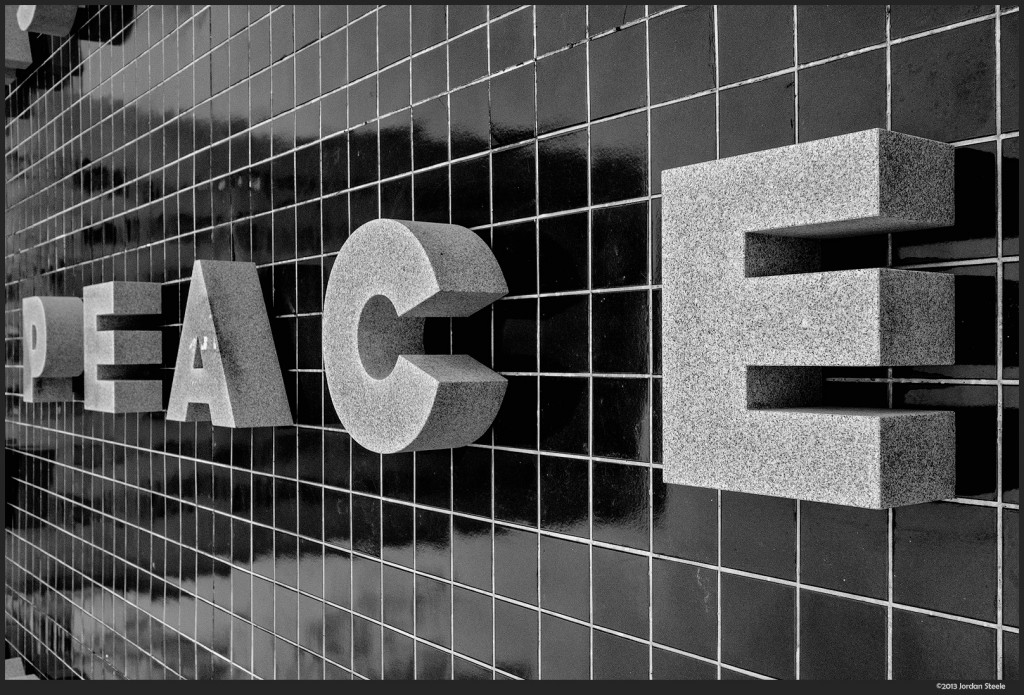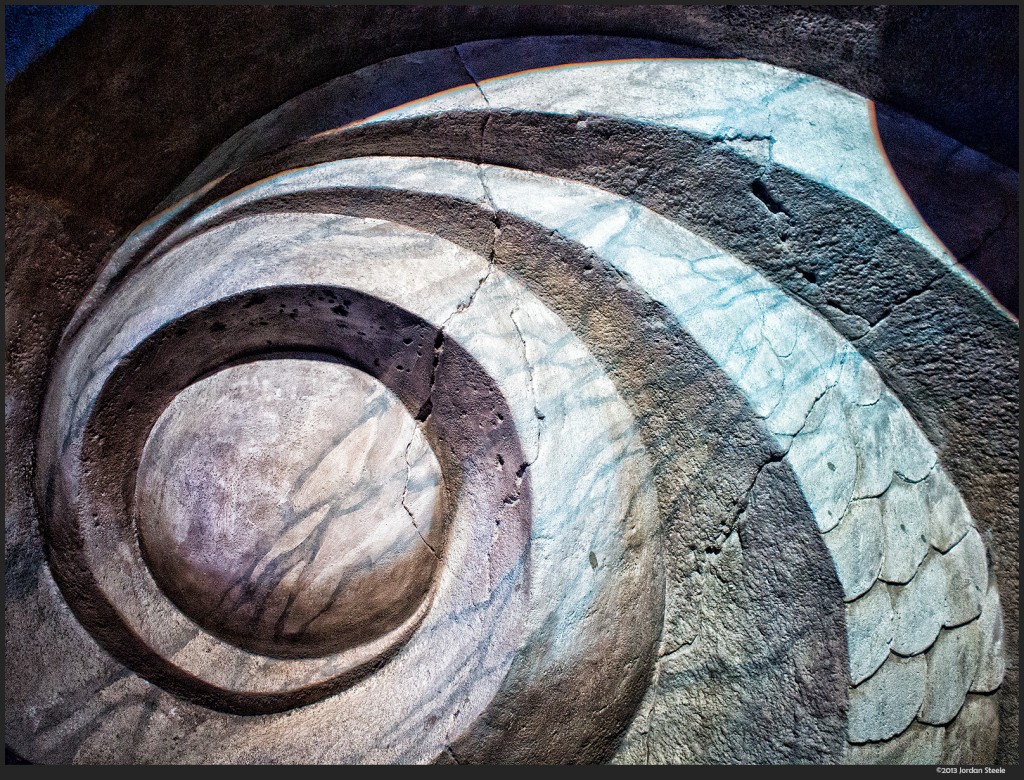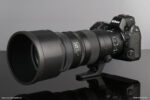Conclusion
Pros
- Rugged, weathersealed and well built body that feels every bit a high-end piece of kit
- Extremely customizable controls with five programmable function buttons
- Direct controls for nearly everything are well placed. This is a photographer’s camera.
- Exceptional single shot autofocus – extremely fast and extremely precise and accurate
- Very comfortable to hold and operate
- Capacitive touch screen that swivels and tilts allows for easy composition at any angle
- High image quality with excellent dynamic range and good noise control
- Viewfinder is sharp and clear
- Exceptional video quality and control – truly pro-grade HD video recording capabilities
- Wi-fi image transfer and remote control works very well and opens new creative possibilities
- Intuitive menu structure that’s easily navigated
Cons
- Body is quite large and heavy for a Micro 4/3 body
- Viewfinder is pillarboxed when shooting stills at full resolution, which made me feel disconnected to the scene
- Continuous autofocus is still well behind phase-detect systems
- Beeps are loud when using the viewfinder due to speaker position
- SD Card door opens far too easily
- Gone is the useful push-dial for live view magnification using adapted lenses
As you can see by the above list, I was very impressed with the GH3. While not quite as initially amazing when viewing images, as the image quality is essentially identical to the Olympus OM-D E-M5, the GH3 raises the bar for Micro 4/3 when it comes to features, accessibility to controls and responsiveness. This is a camera that is well thought out and caters to what photographers need when shooting. Nothing is buried deep in a menu. You’re never waiting for the camera to finish an operation before you can move on, and you’re never missing opportunities due to slow or inaccurate autofocus. Provided your subject isn’t moving towards you, the AF will lock on quickly and accurately, every time.
Panasonic has priced this camera well above the rest of the Micro 4/3 bodies. It’s $300 more expensive than the OM-D and double most of the other cameras in the system. However, the build and features justify the price. If you are choosing between the GH3 and the Olympus OM-D, it can be a difficult decision, especially since image quality is similar. The GH3 is quicker to use with fewer interface quirks, more precise autofocus and a more ergonomic body with better video quality. The OM-D has exceptional in-body image stabilization which can make a huge image quality difference in many situations, is significantly smaller and lighter and is a good bit less expensive. It’s great that Micro 4/3 shooters have two great high-end cameras to choose from.
In summary, the GH3 is one of the most responsive cameras I’ve had the pleasure to use, and image quality is very good. Panasonic has definitely stepped up their game for this camera, creating a true pro-grade camera and one of the best mirrorless cameras on the market.
Image Samples:
(click to enlarge, and click on the green arrow at the bottom of the enlarged image to enlarge further)











Leave a Reply